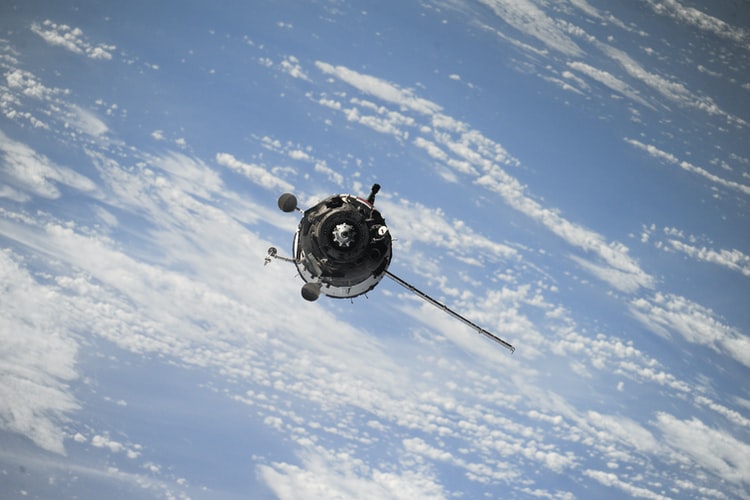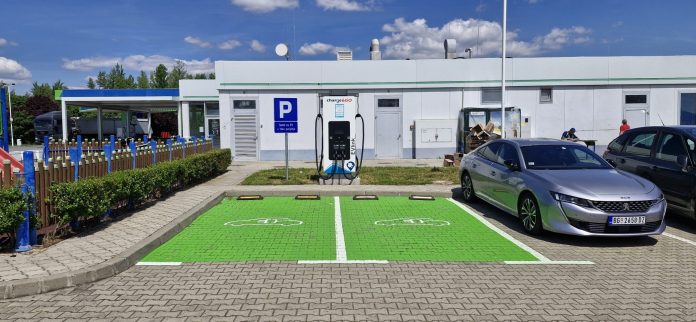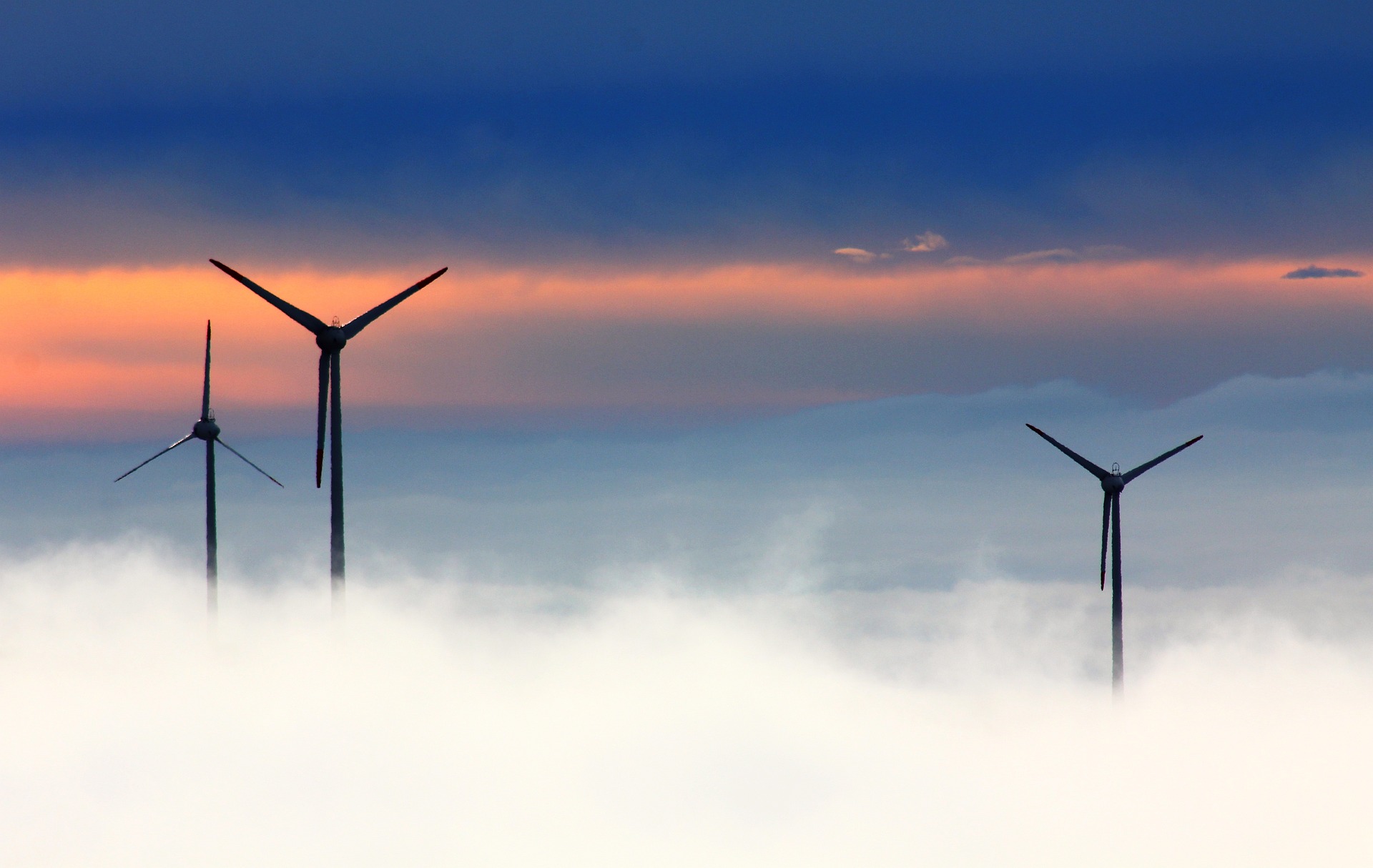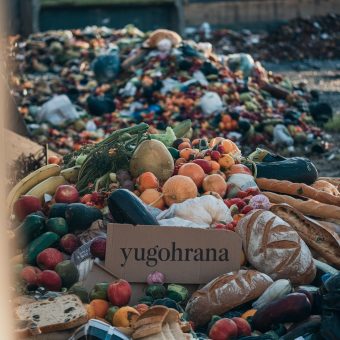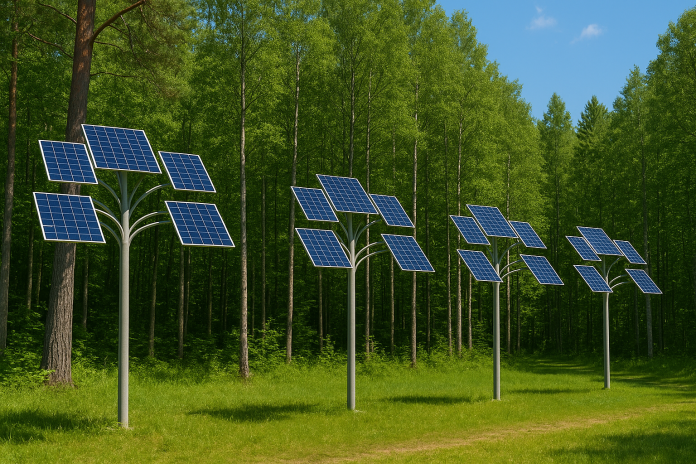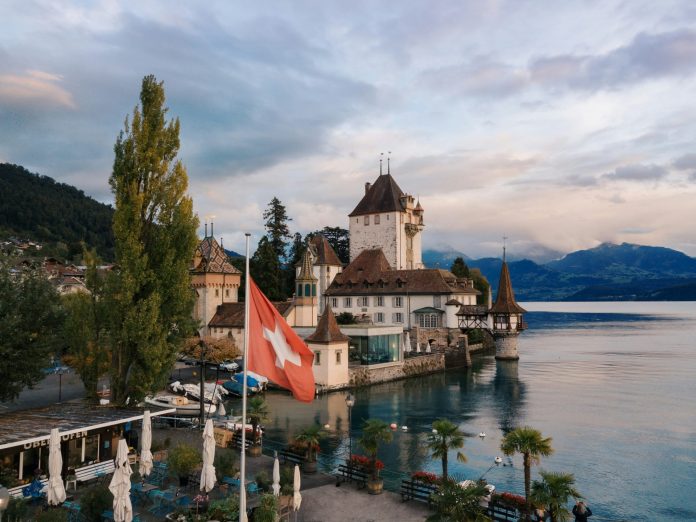Solar energy harvested in space could be a game-changer for Europe’s energy transition, potentially reducing the need for land-based renewables by up to 80 percent, according to a new study by researchers at King’s College London.
Published in the prestigious journal Joule, the study is the first to analyze the potential impact of space-based solar power on Europe’s energy system. The scientists assessed NASA’s RD1 concept, one of two developed designs for space solar power generation systems. Their findings show that this technology could reduce the need for battery energy storage by more than two-thirds, while lowering the overall costs of Europe’s power system by 15 percent—equivalent to savings of around €35.9 billion annually.
Professor Wei He, lead author and senior lecturer at the Department of Engineering at King’s College, emphasized that the results open up a new perspective for Europe:
“For the first time, we have demonstrated the positive impact this technology could provide for Europe. While feasibility is still under investigation, our research highlights the enormous economic and environmental potential if adopted. Achieving net-zero emissions by 2050 will require a major shift to renewables, and space-based solar systems could play a crucial role in that transition,” said He.
More:
- Reliable 24/365 Solar Power Supply Becoming More Accessible
- Solar Panels and Heat Pumps Becoming Standard in New Homes in England
- China Surpasses Wind and Solar Targets Ahead of Schedule – What Comes Next in Its Energy Transition?
Unlike ground-based solar plants, panels mounted on satellites in orbit are exposed to much higher levels of sunlight and can generate power continuously, unaffected by clouds, precipitation, or the day-night cycle. The energy harvested in space would be transmitted wirelessly to receiving stations on Earth, where it would be converted into electricity and either fed into the grid or stored in batteries.
Although the technology is still under development, its potential advantages are numerous: more stable supply, greater energy security, resilience against natural disasters such as floods and earthquakes, and a significant reduction in the need to build new solar and wind farms on land.
The authors underline that this is the first paper to provide a comprehensive assessment of the costs and benefits of space-based solar energy for the European market. If proven feasible and commercially viable, the technology could become a turning point in the fight against climate change and in the transformation of Europe’s energy system.
Energy portal


